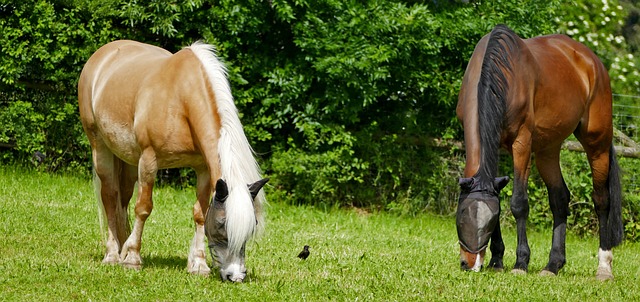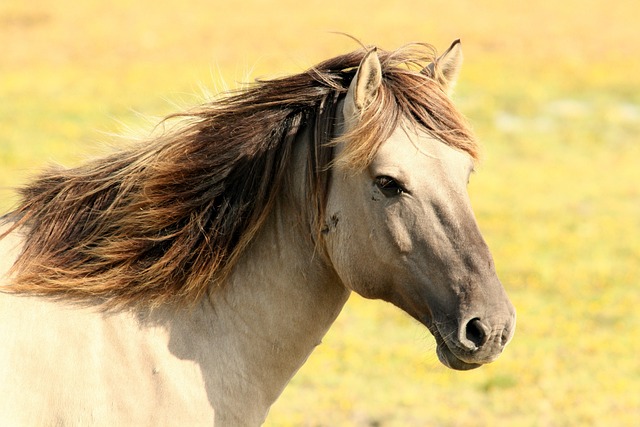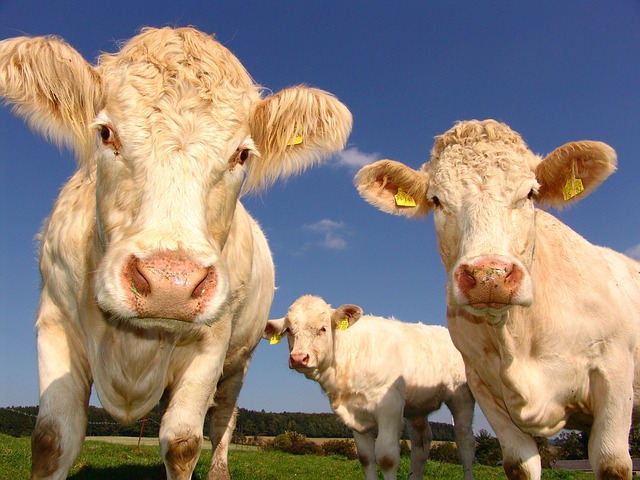Springtime Problems
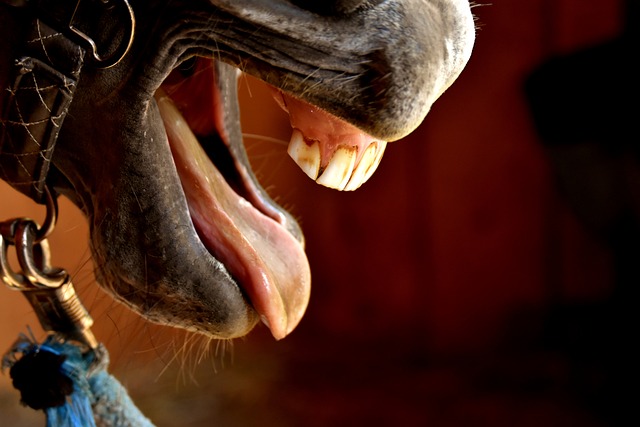
Tooth Problems
January 25, 2023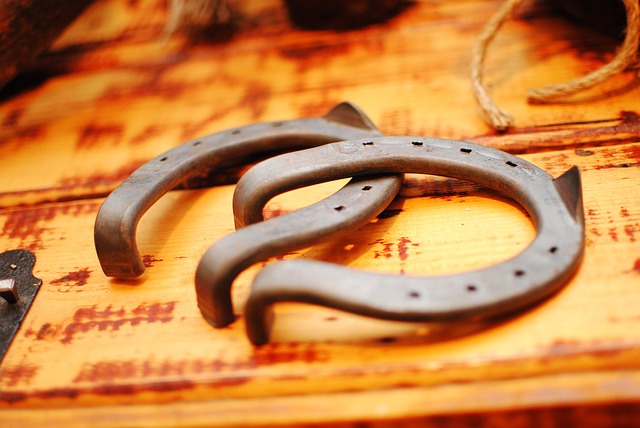
Therapeutic Shoeing
January 25, 2023
Categories
Springtime can bring a number of challenges for horse owners. Some common springtime problems that horses may face include:
- Allergies: Many horses are prone to allergies, and the arrival of spring often brings an increase in pollen and other allergens in the air. This can lead to symptoms such as runny eyes, coughing, and skin irritation.
- Laminitis: Laminitis is a painful hoof condition that can be triggered by a variety of factors, including a change in diet or an increase in grass intake. As grass begins to grow more actively in the spring, it’s important to monitor your horse’s grass intake and take steps to prevent laminitis if necessary.
- Mud fever: Mud fever, also known as pastern dermatitis, is a skin condition that occurs when the skin on the lower legs becomes inflamed and infected. It is often triggered by wet and muddy conditions, which are common in the spring.
- Worms: As the weather warms up, horses may be more prone to worms and other parasites. It’s important to maintain a regular worming schedule to keep these pests in check.
- Colic: Colic is a common digestive disorder that can occur at any time of year, but it is often more common in the spring. The changing weather and increased grass intake can both contribute to the risk of colic.
- High sugar levels: As grass begins to grow more actively in the spring, horses may be more prone to high sugar levels in their diet. This can lead to symptoms such as increased energy and spookiness.
By taking steps to prevent or address these springtime problems, you can help to keep your horse healthy and happy throughout the season. This may include things like managing your horse’s diet and grass intake, using fly sheets and other protective gear, and keeping their legs clean and dry. It is very important to keep an eye on your horse’s health during the spring season to avoid any potential problems. For any concerns or issues, it is always best to consult with your veterinarian.

